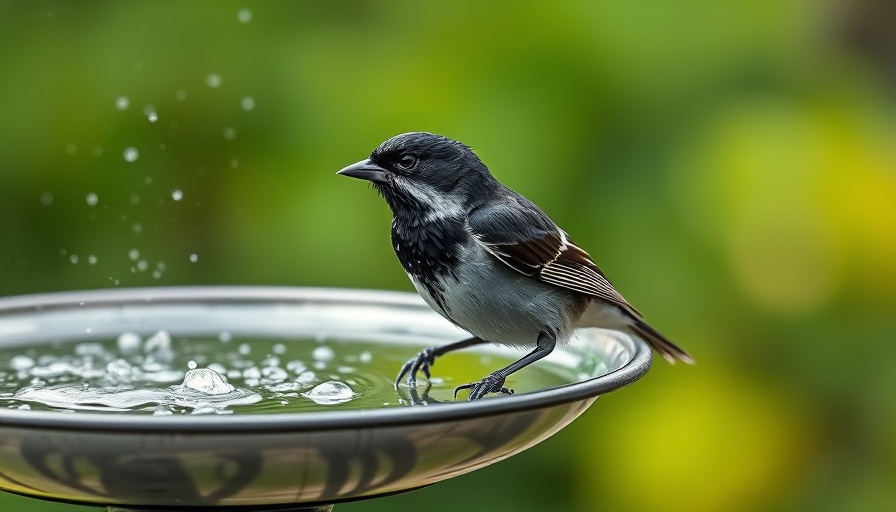
Understanding H5N1: More Than Just a Bird Flu
The H5N1 virus, commonly known as bird flu, is a highly pathogenic avian influenza virus that affects many bird species. However, its impact extends beyond avian populations to public health concerns for humans. Since its initial emergence in the late 1990s, H5N1 has garnered significant attention due to its potential to cause severe illness and even death in infected individuals.
The Importance of Vigilance
With the virus primarily transmitting between birds, the risk of zoonotic transmission—where the virus jumps from birds to humans—remains a critical focus for health authorities worldwide. The World Health Organization (WHO) underscores the importance of monitoring H5N1 outbreaks, especially in poultry populations. In regions with reported cases, public health responses, including vaccination initiatives for birds and surveillance in local populations, are essential elements of controlling its spread.
Protecting Public Health
Health departments across the globe emphasize the importance of being vigilant during flu season. Educating the public about the transmission risks associated with handling poultry and ensuring that proper hygiene practices are followed can significantly mitigate potential human infections. Additionally, state and local governments are tasked with providing timely updates on H5N1 cases to keep communities informed and prepared.
The Future of H5N1 Research
Research into H5N1 continues to evolve, focusing on vaccine development and understanding how the virus adapts. In 2021, several studies indicated that while H5N1 infection rates among humans remain low, the virus’s ability to mutate poses a potential future risk. Thus researchers advocate for bolstered surveillance and preparedness to respond sooner should circumstances change.
By understanding H5N1 and adopting proactive health strategies, communities can better safeguard themselves against the risks posed by this formidable virus.
 Add Row
Add Row  Add
Add 




Write A Comment